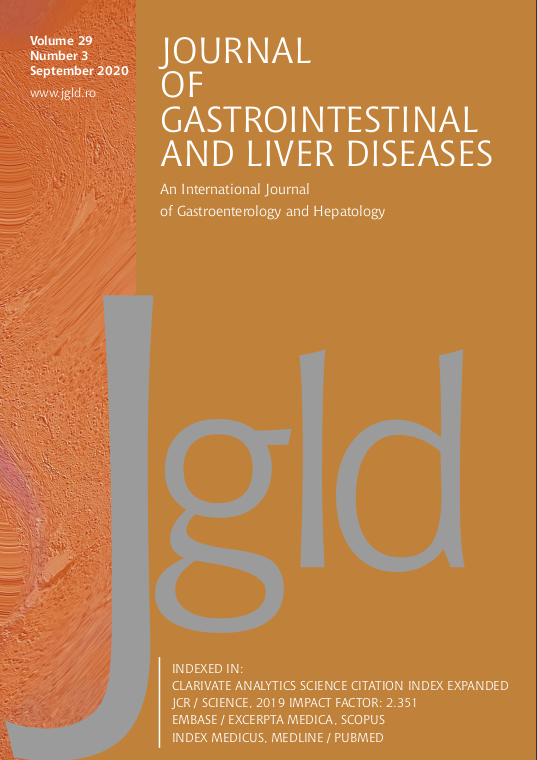Modeling the Puzzle of Hepatitis C Epidemiology in Romania: A Pathway to Control
DOI:
https://doi.org/10.15403/jgld-643Keywords:
hepatitis C, modeling, public policies, public healthAbstract
Background and Aims: To combat hepatitis C virus (HCV) and achieve its elimination by 2030, the emphasis should be on public health policies. In this study, we investigated the dynamics of epidemiology of HCV in Romanian risk groups that are characterized by higher occurrence densities with the aid of The Let’s End HepC (LEHC) project.
Methods: The LEHC project addressed the modelling of HCV epidemiology, being applied in several countries, one of which is Romania. The model comprised an integrated solution of public health policies focused on the disease, using Adaptive Conjoint Analysis and Markov chains systems. This tool allowed the quantitative evaluation of public health policies‘ impact, for every year until 2030, in five population groups: people who inject drugs (PWID), prisoners, individuals who have received blood products, children at risk for vertical transmission, and the remnant population.
Results: It appears that Romania was already making great efforts in the context of public policies, allowing the achievement of HCV elimination by 2028 if current policies were maintained. Through additional work and greater efforts in further implementing public policies, the LEHC model estimated the possibility of anticipating this outcome to 2026.
Conclusion: The LEHC model estimated an anticipation of the HCV elimination year in Romania to be 2026 if the twenty-four health policies in the study are fully implemented and consistently maintained over the years.


